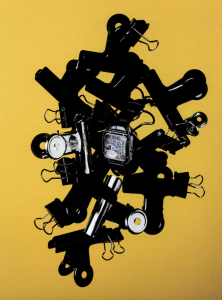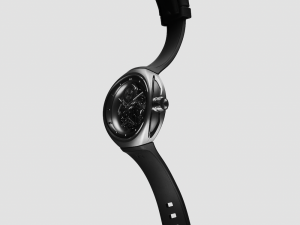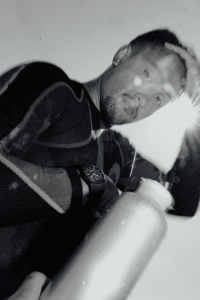Escale, the once experimental face of Louis Vuitton’s horological output, has been reimagined as a simple three-hander. But that doesn’t mean it’s lost the ability to astound
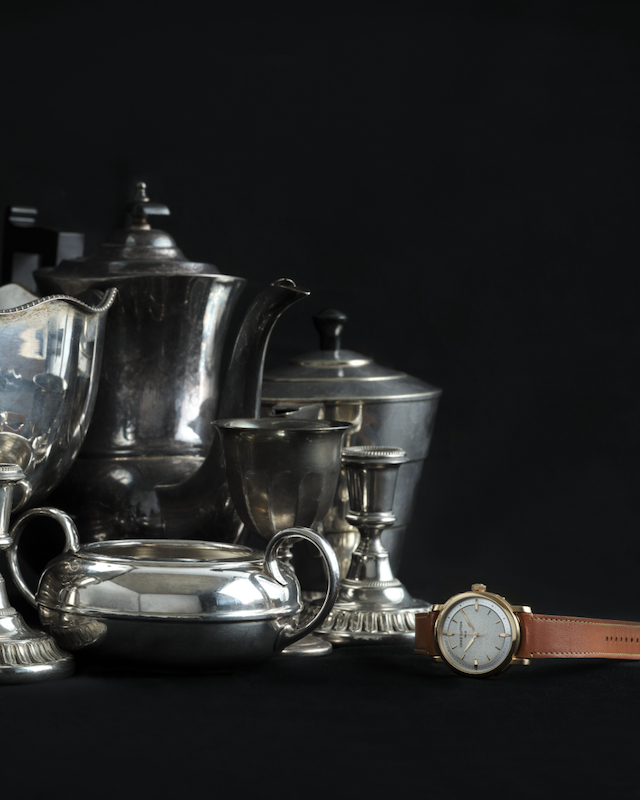
There are few brands, apart from Chanel maybe, who have parlanced their iconography as well as Louis Vuitton. From the Monogram – which was invented in 1896 by George to pay tribute to his recently deceased father Louis and inspired by earthenware kitchen tiles in the family home in Asnières-sur-Seine – to the markedly different Stephen Sprouse graffiti that dominated the early aughts, they are all instantly recognisable as Vuitton.
When, in 2002, Louis Vuitton decided to make a foray into watches, it went back to the maison’s codes to influence the design. The first Tambour – French for “drum” – had a dial in the same shade of chocolate brown associated with its luggage and handbags. Hammering home the connection, the seconds hand and those on the counters at 12 and six o’clock were in the same shade of yellow as their stitching. The brand repeated the approach 12 years later when it unveiled the Escale Worldtime. This dial was a riot of colour, with each of the city markers represented by pictograms and emblems used on vintage Louis Vuitton trunks. Emblems that had also been hand painted; something made possible by Louis Vuitton’s acquisition, in 2012, of specialist dial workshop Léman Cadran. The previous year, in a bid to boost its horological savoir faire, it had also taken into its fold complex-watchmaking company La Fabrique du Temps. Now Louis Vuitton had at its fingertips the know-how of Michel Navas and Enrico Barbasini – men who had spent time working on haute complications at Audemars Piguet and Patek Philippe and who had previously set up BNB Concepts – a kind of skunk works out of which came such mechanical marvels as the Concord C1 Quantum Gravity with its aerial bi-axial tourbillon. And Louis Vuitton certainly used that knowledge to its advantage. The Escale became its watchmakers’ playground. They combined its Spin Time complication, where time is told using spinning blocks in the hour marker positions, with a tourbillon, and added a minute repeater to the World Time. With the Escale, experimentation was the name of the game. In its 10 years, it was never time only. Until now.
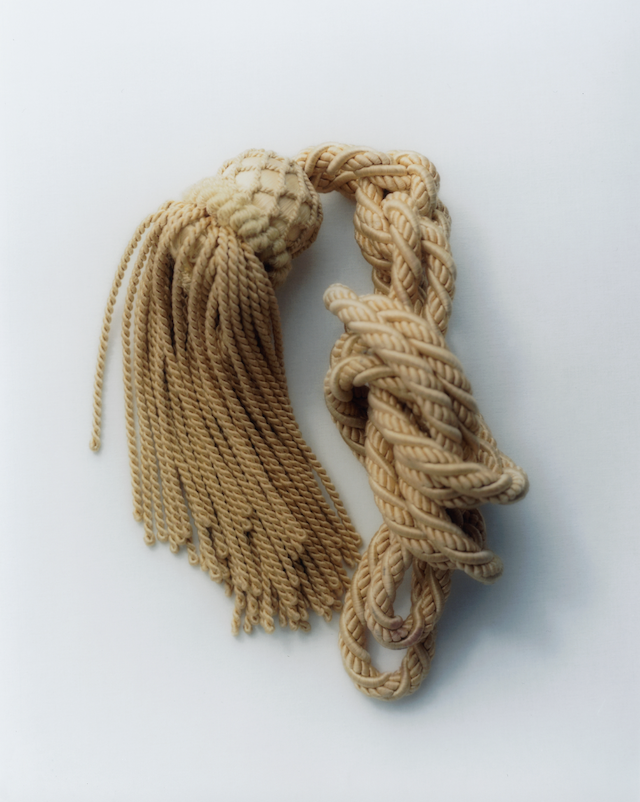
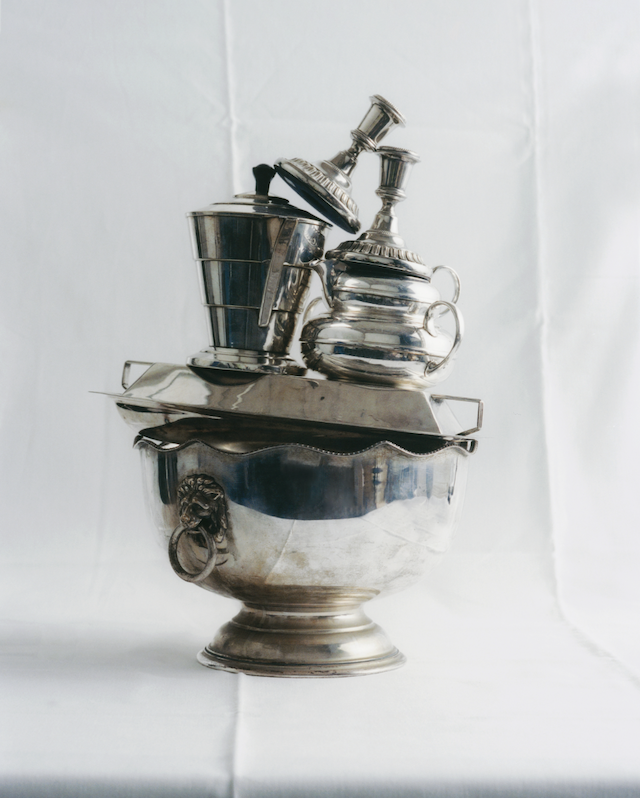
You could argue that, given how Louis Vuitton has been positioning itself in the last couple of years, this new streamlined Escale was inevitable. Gone are the fireworks and in their place is refinement as illustrated by the re-imagined Tambour of 2023 – a beautifully proportioned, elegant sports watch where delight is found in every detail, from a dial with three different finishes to the brand-new movement. Named the LFT023, it is a masterclass in movement making – unsurprising seeing as it was developed in collaboration with Le Cercle des Horlogers, a workshop that specialises in “extensively personalised” movements. This movement is also in the new Escale.
Paris HQ has said that this new Escale is part of an elevation, one that brings an added dimension to the collection’s earlier scope of complicated timepieces; one that introduces a profundity in design approach and reinforces the integration of the maison’s heritage and values within the fine watchmaking collection. That integration is so wonderfully subtle, it’s like a 39mm luxury game of Where’s Wally? – except here you’re trying to spot all the little nods to Louis Vuitton’s history.
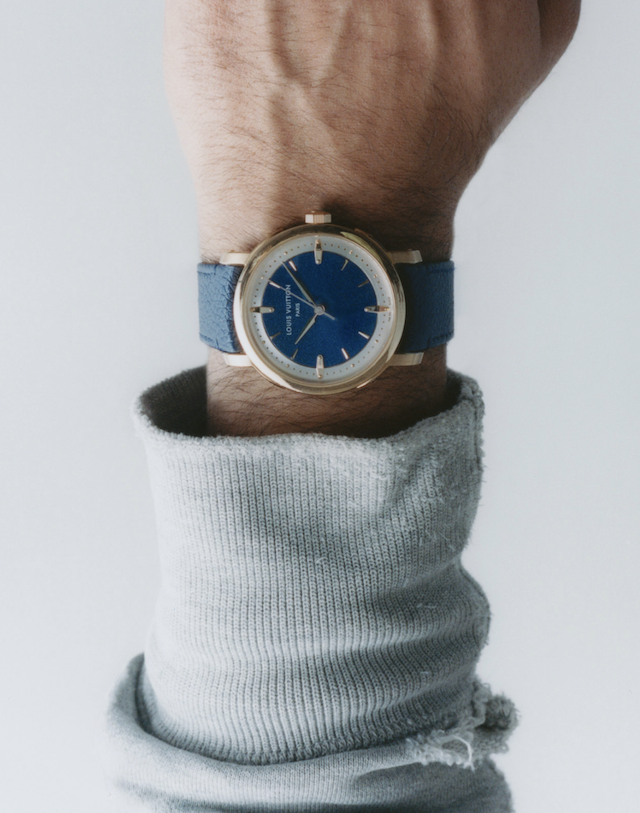
The easiest thing to notice is the central disc, which has been given a grainé finish to evoke the grained surfaces of its Monogram canvas. A custom dial stamp was made to create this effect, refined over several material trials before the exact texture was achieved. The minutiae draw the attention next. Dotted around this beautifully brushed, subtly concaved track are 60 tiny gold studs reminiscent of the nails of the lozine, or leather trim, that run along the exterior of a Louis Vuitton trunk.The hand-applied quarter hours are made to resemble the brass brackets on the corners of the trunk, while the crown looks like its rivets. Even the shape of the hour and minute hands, finely tapered needles, are intended to pay tribute to the myriad artisans, all experts in traditional métiers d’art, that have made the maison what it is today. The platinum versions with their meteorite dials, or inky black onyx with a surround of sparkling baguette diamonds showcase the maison’s skills in gem-setting and lapidary. Then there’s the technical things that maybe you don’t see. The seconds hand is shaped to follow the curve of the dial to minimise the possibility of a parallax error. This is a misreading that occurs when an object is viewed from an angle, causing it to appear in a different position to its actual one, like looking at a water level through glass. That same seconds hand appears gold but is actually PVD-treated titanium, chosen for its lightness to improve precision and energy efficiency. Louis Vuitton may have dispensed with obvious signs of R&D budget spend but its new era feels like good cashmere. It doesn’t telegraph how much it costs, but if you know, you know.
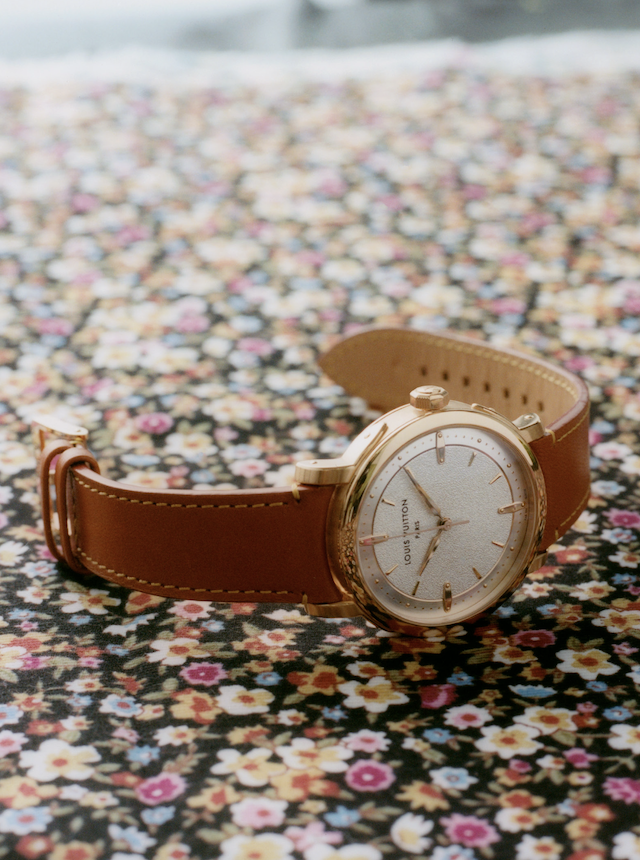
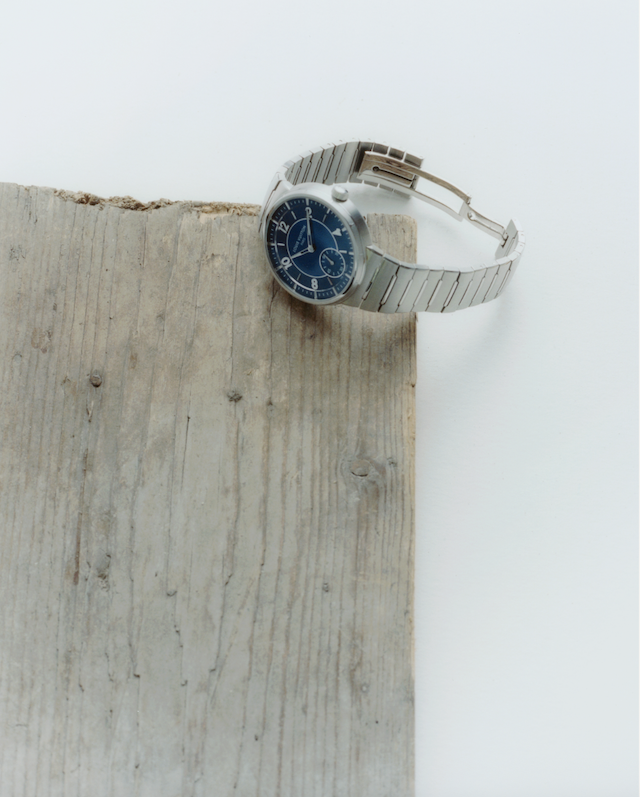
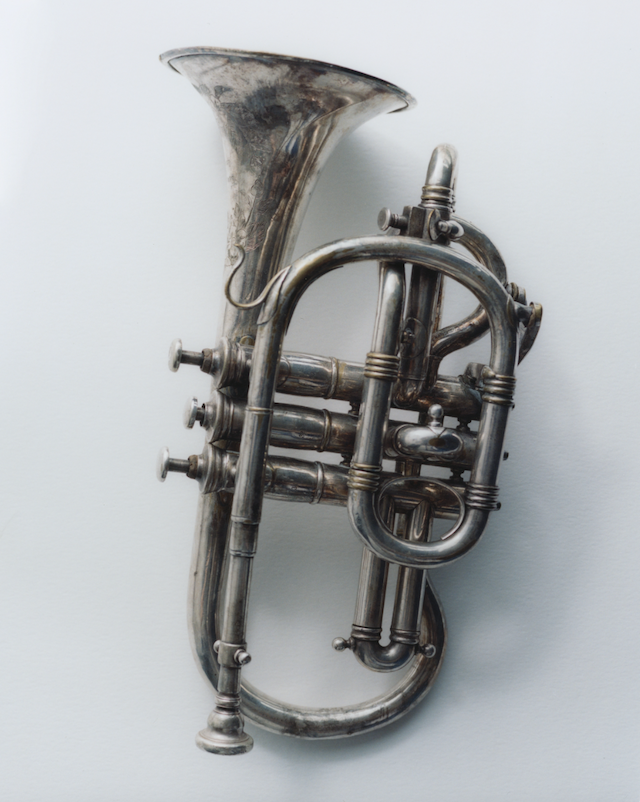
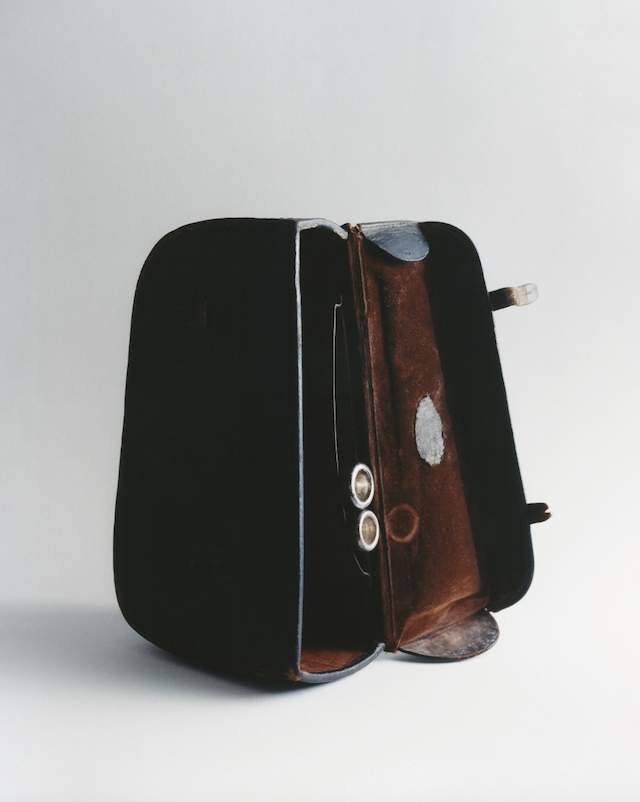
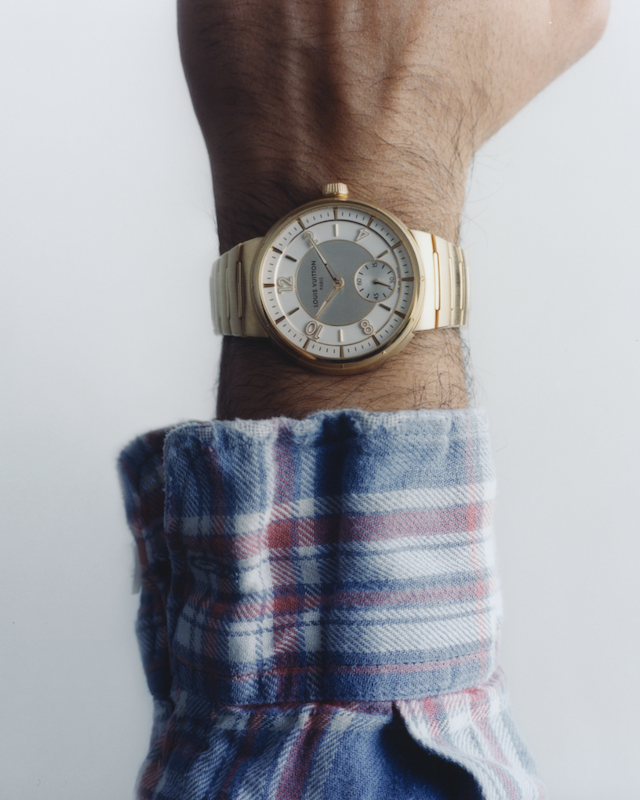
Photography Ivona Chrzastek

10:10 Issue 12 is included with Port Issue 35. To continue reading, order your copy or subscribe here
